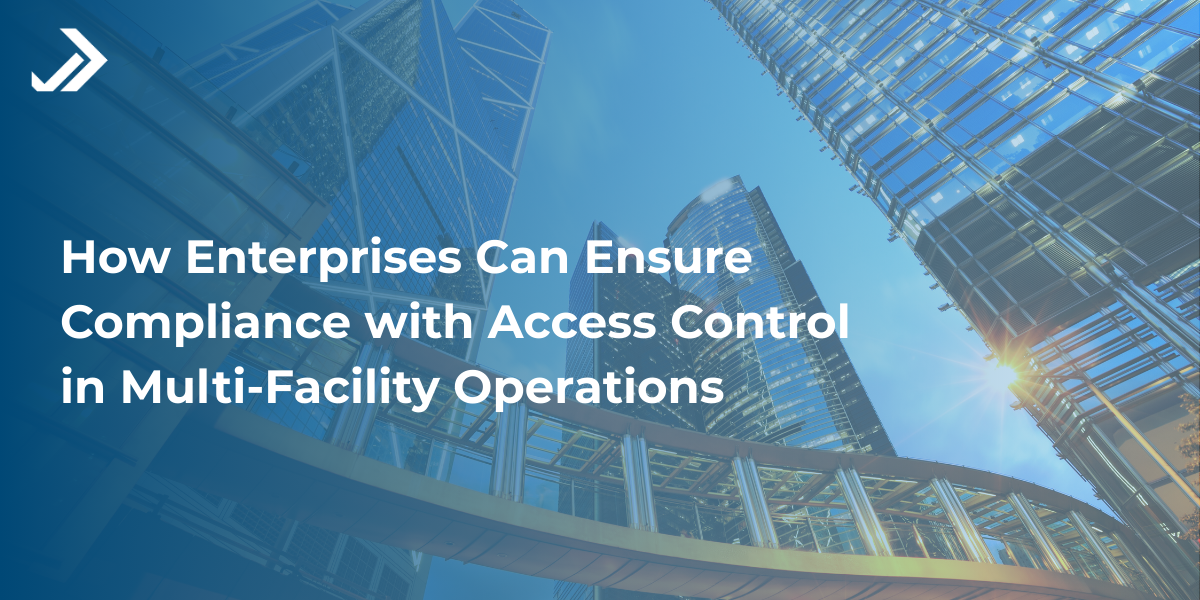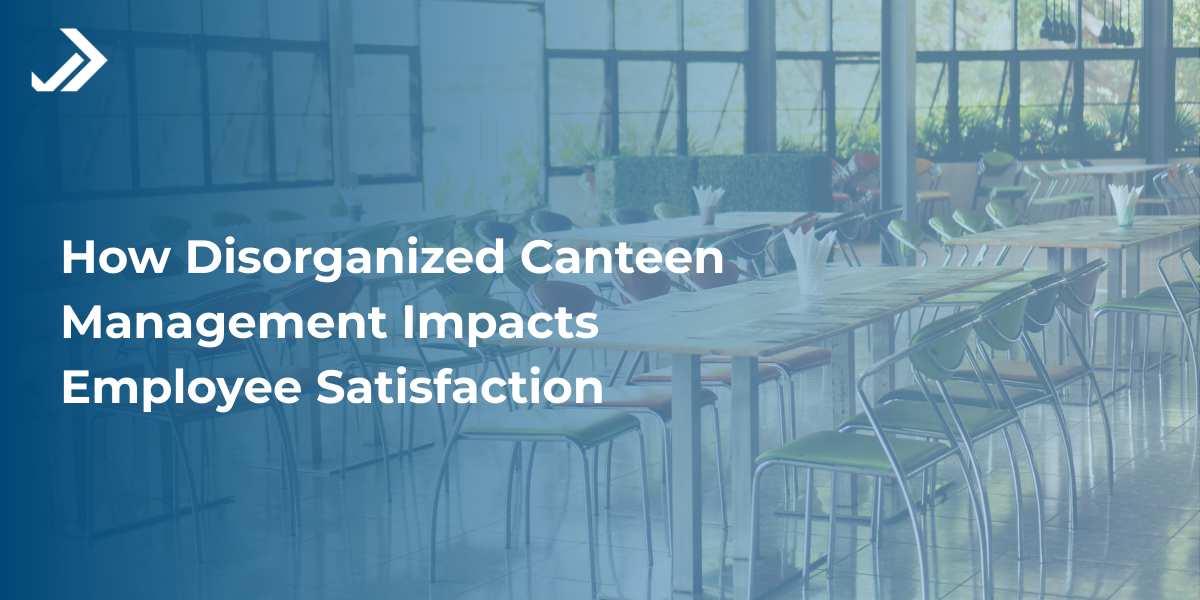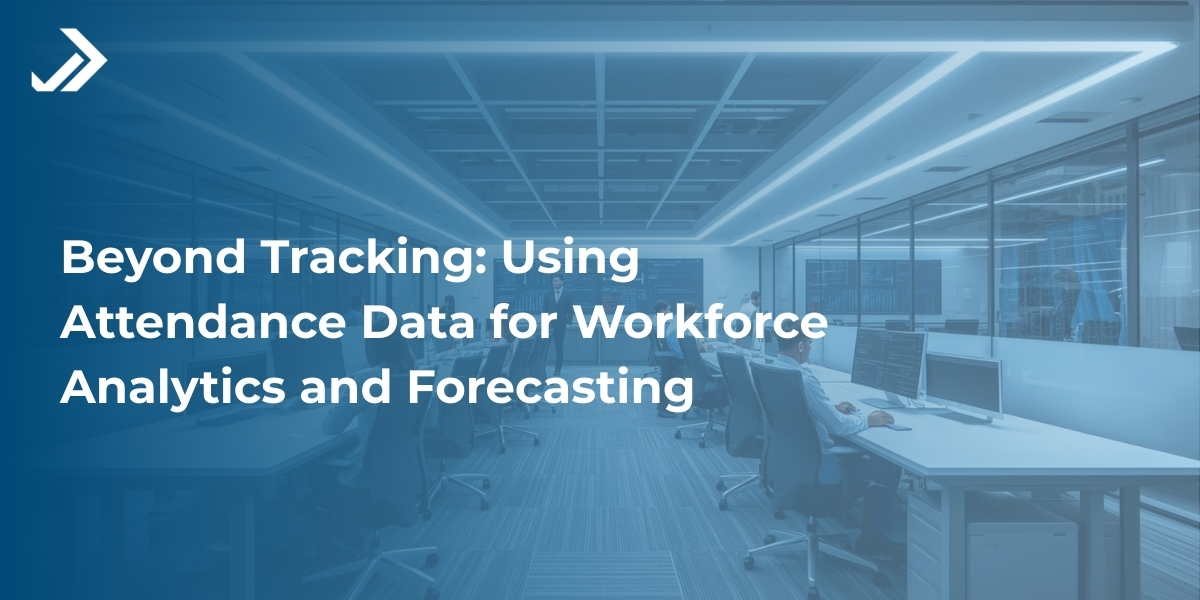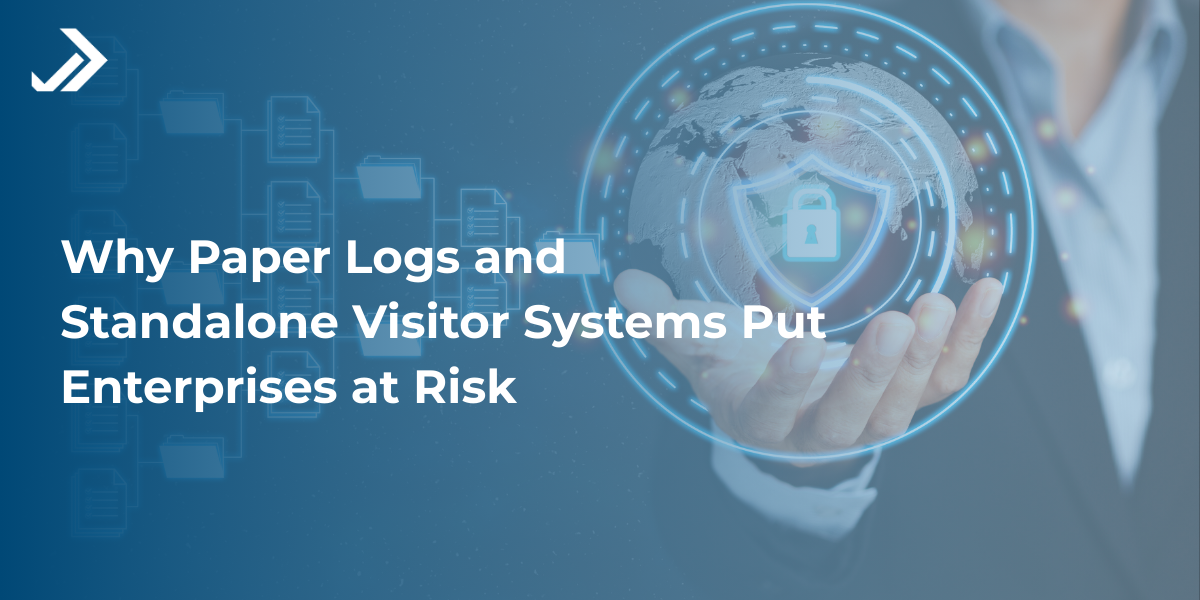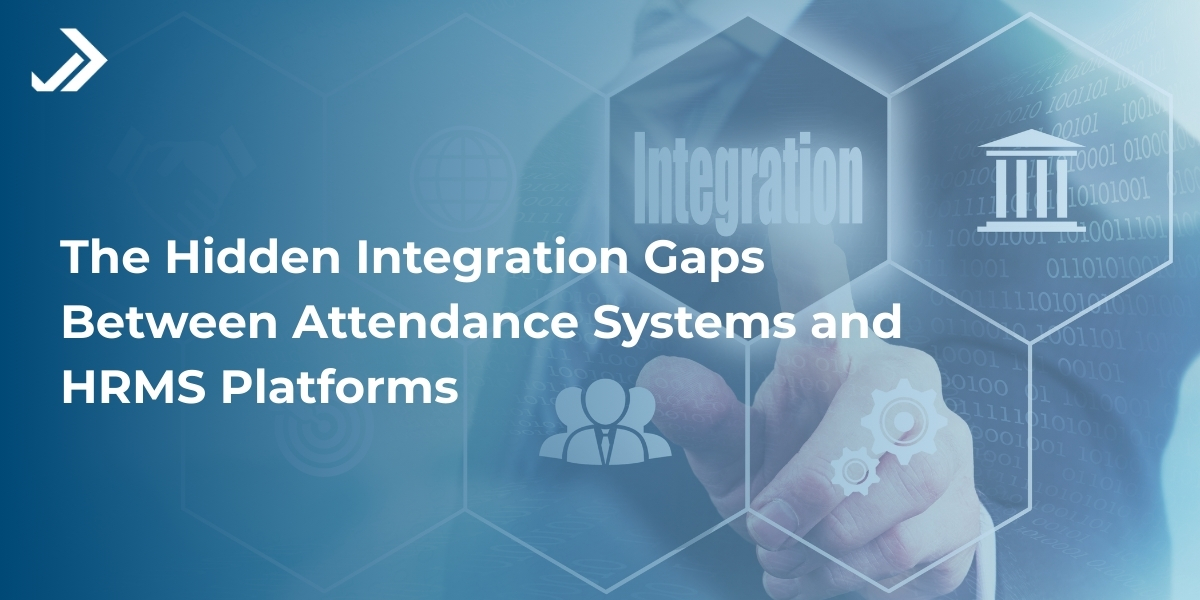

Author : Marketing Team | Follow us on LinkedIn:
23 Oct, 2025
From One Office to Many: Simplifying Multi-Facility Access Control
Table of Contents
“Growth without order creates chaos.”
That phrase rings true for businesses expanding from one office to multiple facilities. Imagine a company that started in one city and now runs operations in five. Exciting, yes, but suddenly the old access cards don’t work everywhere. Employees face delays waiting for approvals, HR drowns in manual onboarding, and security teams lose sight of who is moving across which building.
Traditional systems weren’t built for this. A conventional access control system may protect one site, but it quickly breaks down at scale. As companies spread across cities or countries, the need for unified, smarter ways to manage access becomes unavoidable.
What Is Multi-Facility Access Control?
Multi-facility access control means centralizing how employees, contractors, and visitors enter and move across locations. Instead of treating each building like an isolated island, a modern access control system creates one connected network.
The building blocks include a centralized dashboard, real-time updates, and flexible permission management. Unlike traditional setups where changes had to be made separately at each office, modern systems synchronize instantly. Revoke one credential, and it disappears across every site. That’s the difference between outdated models and today’s smart access strategy.
Challenges Businesses Face Without Unified Access Systems
Organizations that ignore unified systems often pay the price.
- Manual enrollment at every site: Employees visiting another branch often need to be re-registered. That’s inefficient and prone to errors.
- Lack of visibility: Without a centralized system, no one has a complete picture of who accessed what, where, and when.
- Compliance headaches: Fragmented logs make audits slow and unreliable.
- Employee frustration: Inconsistent permissions lead to wasted time and lost productivity.
For growing companies, these aren’t minor inconveniences. They can compromise both security and employee experience.
Key Capabilities of a Modern Multi-Facility Access Control System
Modern platforms solve these problems by combining technology with simplicity. Here are the standout capabilities:
1. Centralized Enrollment Across Locations
Employees are enrolled once, and their data syncs across all sites instantly. A modern access control system eliminates repetitive registrations.
2. Granular Access Permissioning
Role-based access allows fine-tuned control. Department, seniority, or region can all dictate permissions. Vendors and contractors can be given temporary or time-based credentials that expire automatically.
3. Remote Monitoring and Management
Administrators get real-time logs from every site. A midnight access attempt at a warehouse in another city triggers the same central alert as one at headquarters.
4. Cloud & Mobile Compatibility
Cloud-based systems let administrators manage credentials from anywhere. For employees, credentials move beyond cards. Mobile-based access using QR codes, BLE technology, or a Face Recognition System ensures faster, more secure entry.
5. Scalable to Global Operations
Whether a business grows from five facilities to fifty, the system scales. Regional rules, shifts, and holidays can be customized. For global enterprises, scalability isn’t just a convenience—it’s a necessity.
Integrating Visitor Management and Access Control
Employees aren’t the only people entering facilities. Clients, partners, vendors, and contractors add another layer of complexity. This is where a Visitor Management System becomes invaluable.
When integrated with access control, visitors can be assigned dynamic credentials tied to their meeting location and time. A consultant arriving for a two-hour session at a branch doesn’t need long-term access—just a secure, temporary pass.
Unified systems ensure visitor data flows into the same dashboard as employee logs. Security teams see the whole picture, compliance becomes easier, and visitors get a faster, more professional experience. Paper registers at the reception become a thing of the past.
Real-Life Scenarios Where Multi-Facility Access Control Shines
Consider a multinational corporation operating 12 offices and three factories across two countries. Without a unified access control system, every site would function in silos, making it nearly impossible to track movement consistently. By centralizing control, the company gains real-time visibility into all facilities, ensuring compliance and reducing security blind spots.
Now think about a fast-growing tech firm hiring dozens of employees each month. New hires are spread across multiple sites, and manually enrolling them at each location would significantly slow down the onboarding process. With a modern access control system, enrollment happens once, and updates sync everywhere instantly. Employees walk into any office and start working without delays, while HR and IT teams save hours of administrative effort.
Conclusion
Expansion is a milestone every organization celebrates, but it comes with challenges. The good news is that those challenges don’t have to slow growth. A modern access control system gives enterprises the ability to unify access across sites, simplify onboarding, monitor activity in real time, and stay compliant. When integrated with a Visitor Management System and strengthened with tools like a Face Recognition System, security and convenience go hand in hand.
The future of workplace security isn’t about isolated offices with separate controls. It’s about a global approach where geography is decentralized, but access remains unified. Growth becomes orderly, efficient, and secure.


